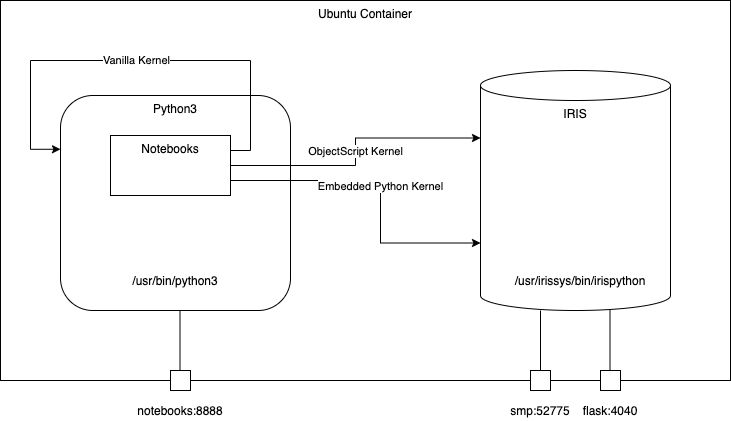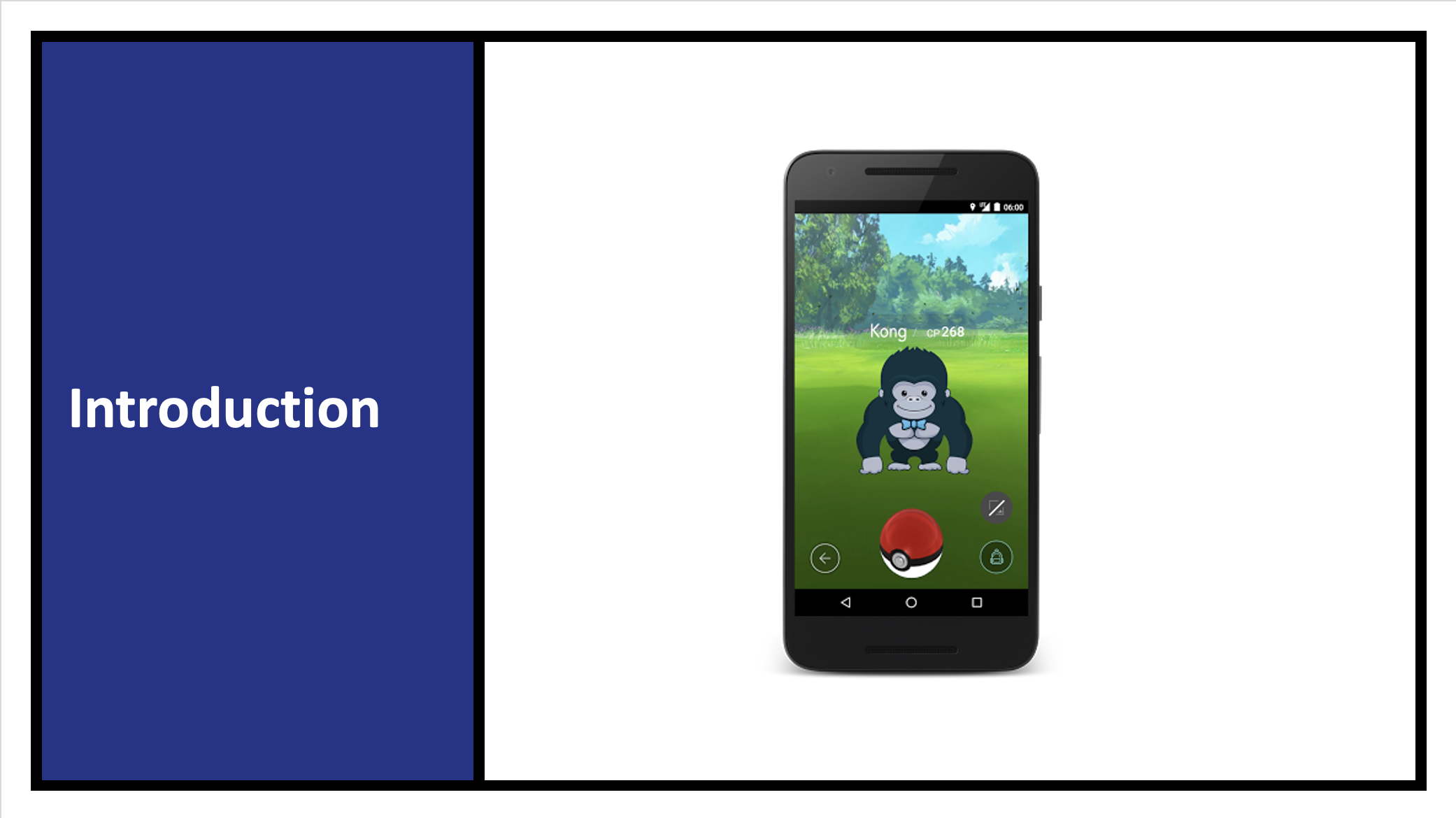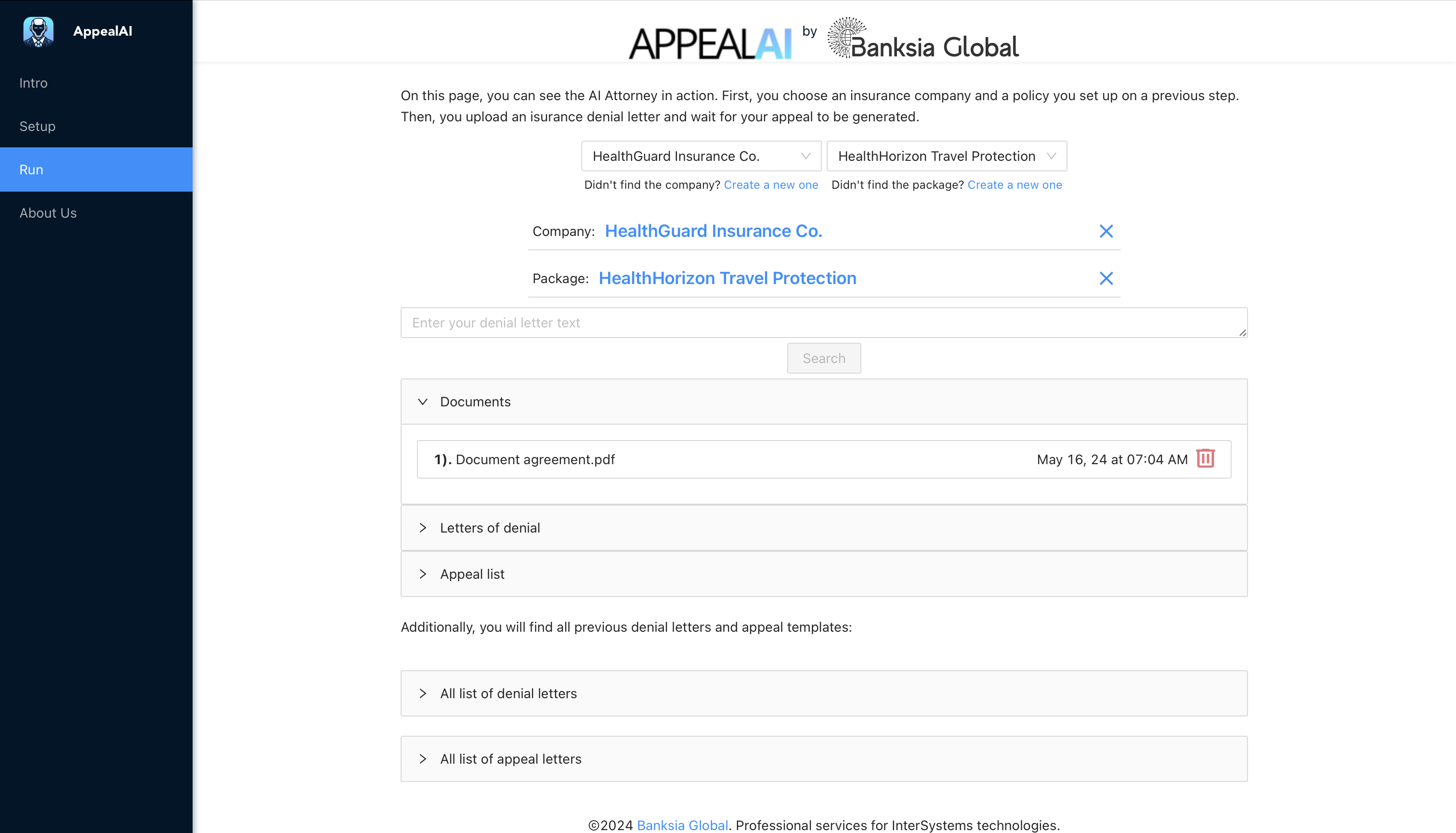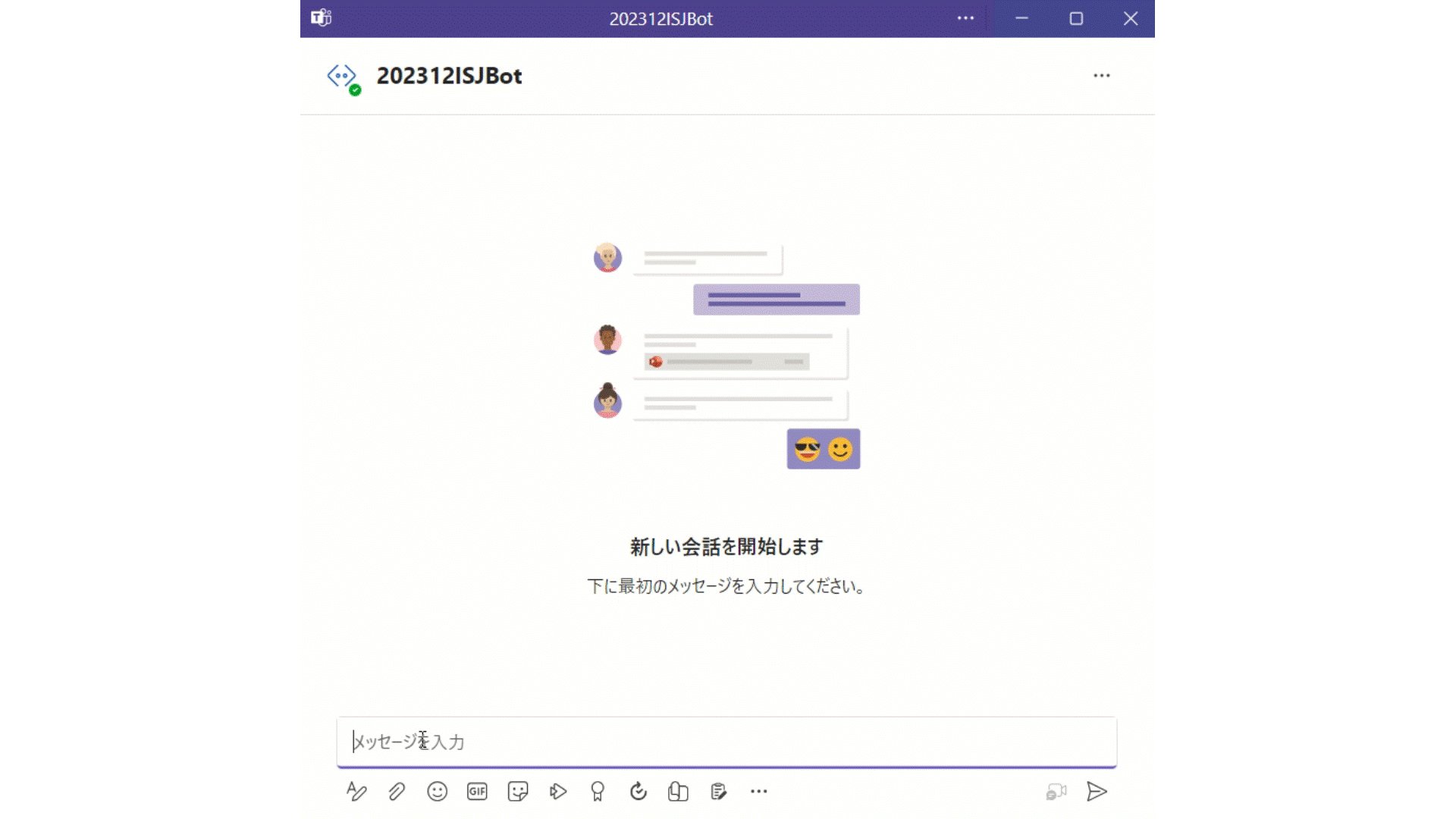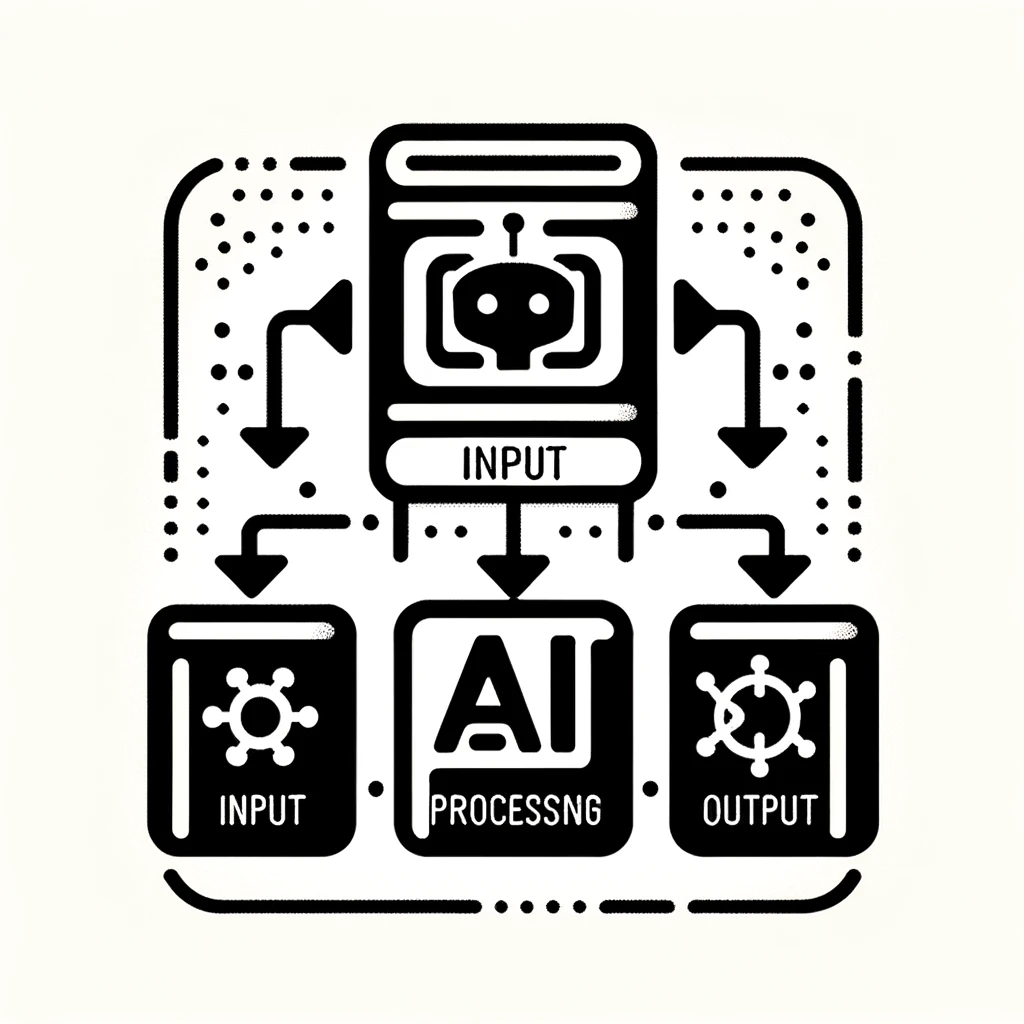Hi Community,
This post is a introduction of my open exchange iris-climate-change application.
iris-climate-change web application Imports The Food and Agriculture Organization (FAO) Climate Change dataset by using LOAD DATA (SQL) functionality and analyze and visualize data with the help of Python Flask Web Framework, Pandas Python data analysis Library, Plotly Open Source Graphing Library for Python and Plotly JavaScript Open Source Graphing Library.

